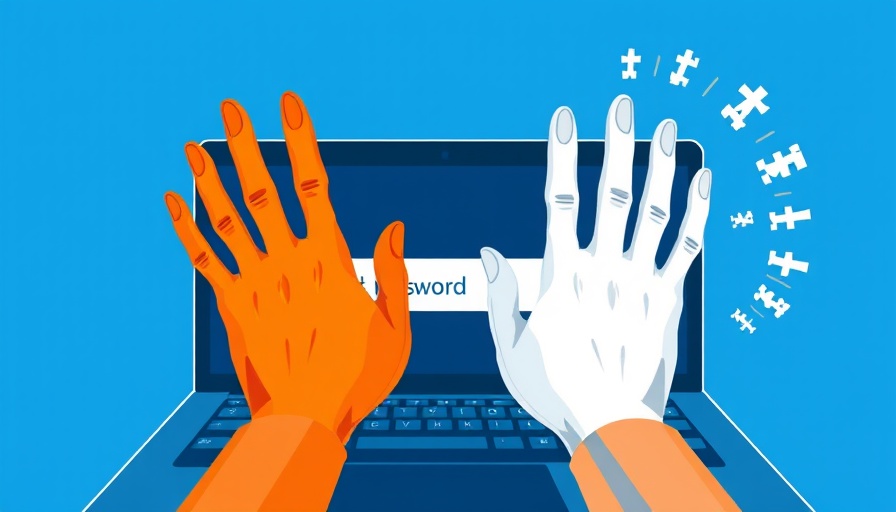
Understanding Account Takeover Fraud: A Growing Concern
Account takeover fraud (ATO) is not just a fleeting threat; it has become one of the top financial risks that consumers face today. According to recent statistics, this type of fraud cost U.S. adults a staggering $23 billion in 2023 alone, marking a notable 13% increase from the prior year. This alarming trend underscores the urgent need for awareness and proactive measures, as experts predict that global fraud losses could surge to a monumental $5 trillion, with ATO-related identity theft playing a significant role.
The Anatomy of an Account Takeover
To effectively combat ATO, it’s crucial to understand how these attacks unfold. Essentially, an ATO attack is executed through three primary stages: access, alteration, and abuse.
Access
The first step involves fraudsters gaining unauthorized access to a legitimate account, typically through phishing attacks, malware, social engineering tactics, or data breaches. These methods compromise user credentials and personally identifiable information (PII), enabling criminals to infiltrate accounts without the owner’s consent.
Alteration
Once they have access, fraudsters often take small, understated actions that evade immediate detection. For instance, they may change account details, update personal information, or add new users, all while maintaining a guise of normalcy. These changes are subtle and may not trigger immediate alarms for account holders.
Abuse
The final stage is where they fully seize control of the account for nefarious purposes, including making illicit purchases or uncovering additional sensitive information to further compromise the victim’s identity. At this point, the damage extends beyond mere financial loss to potential reputational harm, especially for businesses impacted by ATO breaches.
Common Methods Used in Account Takeover Attacks
Fraudsters deploy various sophisticated methods to execute ATO attacks:
- Credential Stuffing: This involves using stolen usernames and passwords from one breach to access accounts on multiple platforms.
- Malware: Intrusive software can be used to capture sensitive data or control devices remotely.
- SIM Swapping: By convincing a service provider to transfer a victim's phone number to a new SIM, fraudsters gain access to two-factor authentication codes.
Fighting Back: Effective Strategies for Prevention
Fortunately, there are steps that individuals and businesses can take to protect themselves from account takeover:
- Behavioral Biometrics: Monitoring user behavior can highlight anomalies that might indicate fraudulent access.
- Two-Factor Authentication (2FA): This adds an additional layer of security by requiring a second form of verification beyond just a password.
- Device Fingerprinting: Recognizing devices that frequently access an account can help identify unauthorized users.
- Machine Learning Tools: Implementing sophisticated algorithms can detect and learn from patterns related to ATO attempts, improving response strategies.
The Need for Awareness and Education
Raising awareness and educating users about ATO fraud methods is crucial. A significant number of account owners might still fall prey to scams simply due to a lack of knowledge. Organizations should provide training and resources for their staff and clients to recognize phishing attempts and secure sensitive information.
Emphasizing Community Responsibility
In combating ATO, it’s essential to foster a community approach, where individuals take responsibility not just for their accounts but also support those around them—friends, family, and co-workers—in recognizing and reporting suspicious activities. Collaboration and communication play key roles in nipping these risks in the bud.
Conclusion: Protecting Your Digital Identity
As account takeover fraud continues to climb, empowerment through knowledge becomes an indispensable defense. Consumers and businesses must take proactive steps, from adopting advanced security measures to staying informed about the latest fraud tactics. Together, we can build a more secure digital landscape. Stay vigilant, stay educated, and take action to protect your accounts and personal information.
 Add Row
Add Row  Add
Add 




 Add Row
Add Row  Add
Add 








Write A Comment